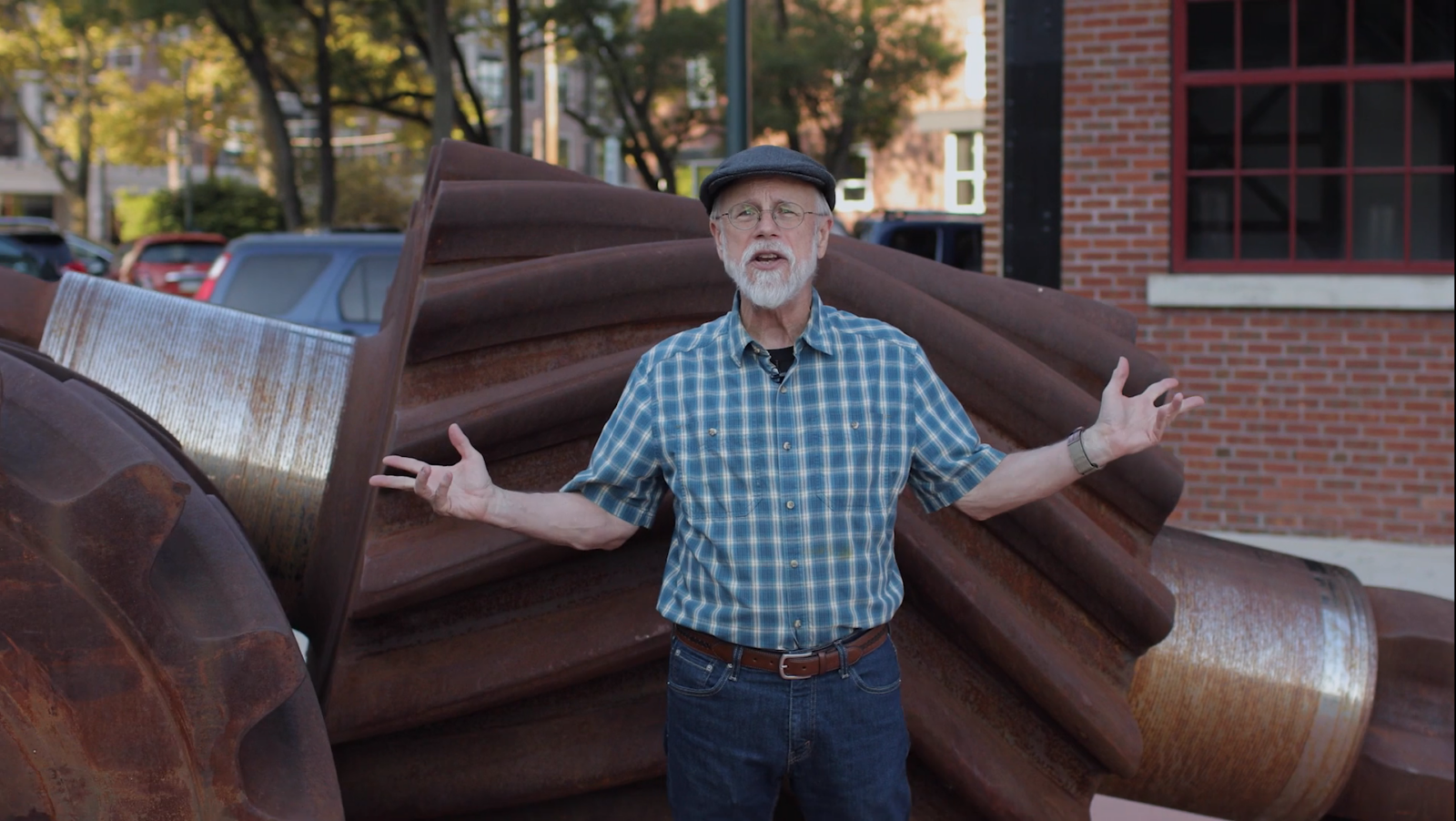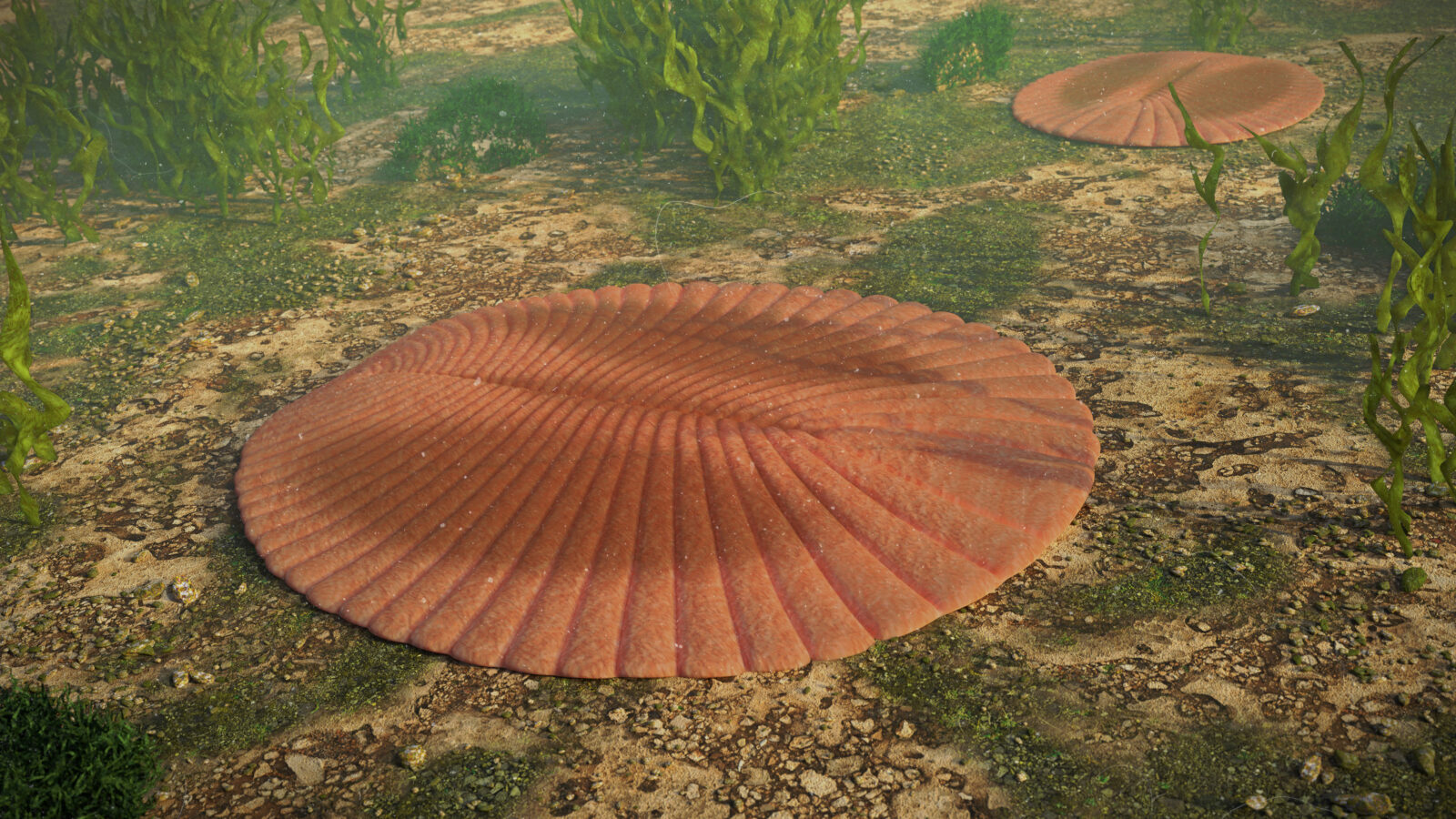


Stephen Meyer: Scientific Arguments for a Theistic Worldview

Michael Behe: Behind The Scenes of Secrets of the Cell

Günter Bechly on Why Seventy Years of Textbook Wisdom Was Wrong

Michael Behe on the Origin of Biological Information

Design or Chance? Casey Luskin on The Andrew Klavan Show

Physicist Brian Miller Talks Nanotech, Origin of Life, and Area 51
On today’s ID the Future physicist Brian Miller and host Eric Anderson continue their exploration of a recent conversation between origin-of-life investigators Jeremy England and Paul Davies on Justin Brierley’s Unbelievable? radio show. Miller begins with a quick flyover of the many nanotechnologies essential to even to the simplest viable cell. A minimally complex cell is vastly more sophisticated than our best human nanotechnology. What about England’s insistence that real progress has been made in origin-of-life studies since the 1950s? True, Anderson says, but the progress has been principally in better understanding how the simplest cells function, and in figuring out what doesn’t work to blindly evolve life from non-life. That is, the direction of discovery has been to throw cold water on one idea after another for the naturalistic origin of life. Miller then makes an even bolder statement. All the physics for us to have known this were in place more than a hundred years ago. The origin-of-life community just chose to ignore it, perhaps because they were dogmatically wedded to finding a purely materialistic explanation for the origin of the first life. To show why that’s misguided, Miller offers an illustrative story: Imagine that what looks for all the world like an alien spaceship is discovered in the desert. Two groups of scientists decide on radically different approaches to understanding the workings of this mysterious object. Tune in to hear the rest of the story.

Physicist Eric Hedin: Information, Entropy, First Life
On today’s ID the Future, Canceled Science author and physicist Eric Hedin talks with host Eric Anderson about the challenge the generalized second law of thermodynamics poses for purely naturalistic scenarios for the origin of the first living organism. The problem is generating the reams of exquisitely orchestrated biological information required for even the simplest self-reproducing cell, and fundamental principles of physics, Hedin argues, mitigate against chemical processes getting the job done. What about the fact that the Earth is an open system, gaining energy from the sun? Does that provide an end-run around the second law? Hedin says no and explains why, using easy-to-grasp illustrations. His recent book from Discovery Institute Press, Canceled Science: What Some Atheists Don’t Want You to See, is available at Amazon and other online retailers.

Physicist Eric Hedin Talks Entropy and the Origin of Life
On today’s ID the Future, host Eric Anderson sits down with Canceled Science* author and physicist Eric Hedin to discuss Hedin’s new book and, in particular, the book’s take on the origin-of-life problem. Hedin says the second law of thermodynamics poses a serious problem for the idea of a mindless origin of the first single-celled organism from prebiotic materials. Such an event would have involved a breathtaking increase in new information, and Hedin says that physics tells us pretty clearly that mindless nature degrades information; it doesn’t create it. Are there workarounds? Listen in as he explains why he’s not optimistic. And grab a copy of his new book to get his extended take. (*As an Amazon Associate, Discovery earns from qualifying purchases.)

James Tour and Brian Miller Talk Engines We Can’t Live Without
Today’s ID the Future features Part 1 of an extended interview that first appeared on a podcast show hosted by distinguished Rice University synthetic organic chemist James M. Tour. As he typically does, since it’s the Science & Faith podcast, Dr. Tour begins his show by asking his guest for a statement of faith. Miller, a Christian, gives his, and then they dive into origin-of-life science. In a surprisingly accessible discussion given the depth of the material, the pair cover a range of issues—thermodynamics and the origin of the first cell, entropy, free energy, order and disorder, molecular engines, non-equilibrium thermodynamics, and the need for engines and information to overcome the vicissitudes of entropy. Also in the mix—feedback loops, Jeremy England, and much more.